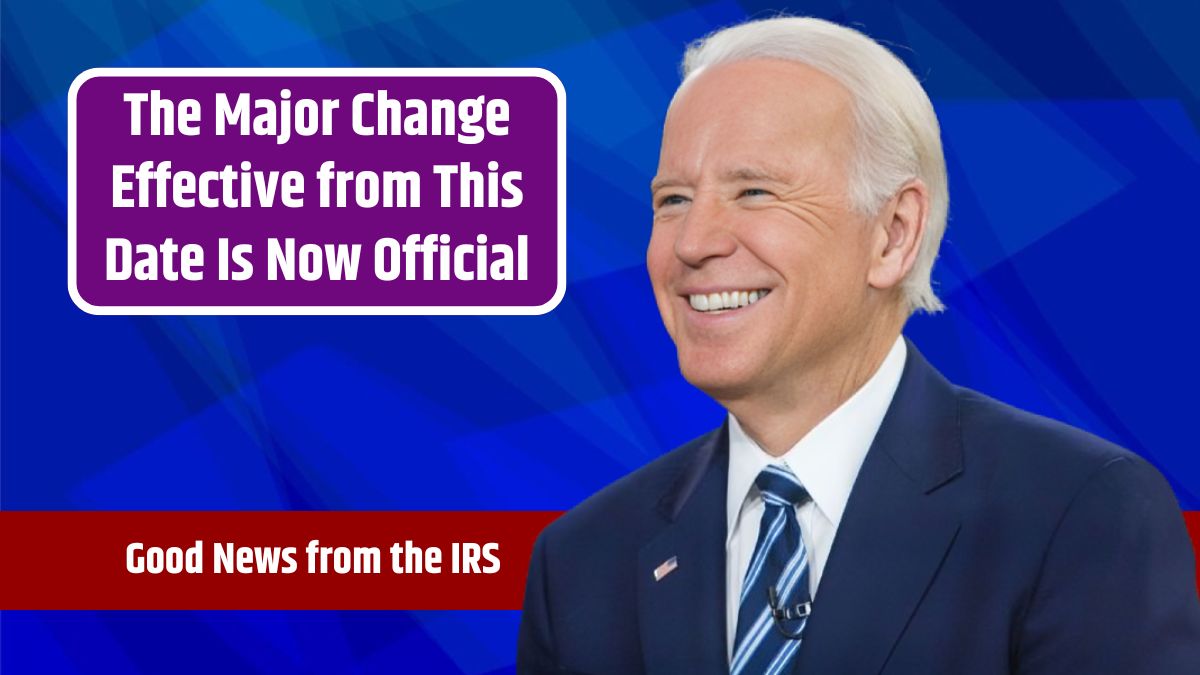Starting with the 2025 tax season, the IRS will offer its free tax filing system, Direct File, to taxpayers in 24 states. This service, which builds on a successful pilot program in 2023, provides a no-cost option for filing federal tax returns online, offering a streamlined and accessible alternative to traditional filing methods. With this expansion, Direct File is set to benefit over 30 million taxpayers, simplifying the process of meeting their tax obligations.
Here’s a closer look at what Direct File offers and how it will impact taxpayers for the upcoming season.
Direct File
During the 2023 pilot phase, the IRS tested Direct File with more than 140,000 taxpayers in 12 states. Encouraged by positive feedback and high participation, the IRS has decided to expand the program to include 24 states for the 2025 tax season. This expansion aims to double the number of users, reaching more than 30 million taxpayers.
Direct File is a web-based tool that can be accessed on multiple devices—laptops, tablets, smartphones—allowing for flexible and convenient tax filing. The system walks users through their federal tax returns step-by-step, offering a guided experience that’s designed to be user-friendly. Once federal returns are complete, the system directs users to their state-specific filing tools, making the entire process seamless.
Features
The IRS has incorporated several features to enhance user experience and efficiency. During the 2024 pilot, taxpayers could access live chat support in both English and Spanish, a feature that will return for the 2025 tax season. This customer service element proved crucial in assisting taxpayers, with IRS representatives providing guidance throughout the filing process.
A new addition for the 2025 tax season is an AI-powered chatbot, which will help users determine whether they are eligible to use Direct File. This tool will assist taxpayers in verifying eligibility before they begin the filing process, further streamlining the system.
Increased authentication and verification options are also being introduced, allowing customer service representatives to provide more detailed support. This is especially important for users with more complex tax situations who may require additional assistance to ensure accuracy.
Eligible States
For the 2025 tax season, Direct File will be available in 24 states, up from 12 in the 2024 pilot. The states include:
| Pilot States (2024) | New States (2025) |
|---|---|
| Arizona, California, Florida | Alaska, Connecticut, Idaho |
| Massachusetts, Nevada, New York | Kansas, Maine, Maryland |
| New Hampshire, South Dakota | New Jersey, New Mexico, North Carolina |
| Tennessee, Texas, Washington | Oregon, Pennsylvania, Wisconsin |
States such as Florida, which has a large Hispanic population, could particularly benefit from the bilingual support offered by the system. The IRS has indicated that additional states may join the program by the 2025 filing season, and more could be added in 2026, further expanding Direct File’s reach.
Tax Coverage
In its initial pilot, Direct File had a limited scope, covering only basic tax scenarios, such as wage income (W-2 forms), Social Security benefits, and unemployment income. For 2025, the IRS is broadening the range of tax situations that Direct File can handle. The system will now support:
- 1099 forms for interest income over $1,500 and retirement income.
- Reporting of the Alaska Permanent Fund dividend, which is critical for Alaskans.
- Key tax credits, including the Earned Income Tax Credit, Child Tax Credit, and the Credit for Other Dependents.
Additionally, taxpayers can now claim credits like the Child and Dependent Care Credit, the Premium Tax Credit, and credits designed for elderly or disabled individuals. This expansion ensures that taxpayers with more complex financial situations can also benefit from the free filing service.
For deductions, Direct File will assist with Health Savings Accounts, student loan interest, education expenses, and standard deductions. This allows a broader range of filers to meet their tax obligations more easily, without needing paid services or third-party providers.
Tax Filing
IRS Commissioner Danny Werfel emphasized that the goal of Direct File is to improve the taxpayer experience by making filing quicker, easier, and more accessible. With expanded features, broader eligibility, and increased support, Direct File aims to become a primary tool for millions of taxpayers looking to file their federal taxes at no cost.
As the IRS continues to enhance Direct File, its broader coverage of states and tax situations makes it a valuable resource for taxpayers of all backgrounds. Whether you have simple W-2 income or more complex tax credits and deductions, Direct File offers a free and reliable way to file your taxes accurately.
FAQs
What is Direct File?
Direct File is a free, web-based tax filing system provided by the IRS.
Which states offer Direct File in 2025?
It’s available in 24 states, including California, Florida, and New York.
Can Direct File handle complex tax situations?
Yes, it now supports 1099 forms, tax credits, and more complex deductions.
How do I get help using Direct File?
Live chat support is available in both English and Spanish during the filing process.
What new features are included for 2025?
A chatbot for eligibility checks and expanded customer service options.






